If you want the best enterprise etl for seamless data integration, FineDataLink stands out for its low-code, real-time, and multi-source integration strengths. Organizations report a 50% reduction in unplanned downtime and 30% lower infrastructure costs after adopting automated data integration. You can expect unified, analysis-ready sources of truth, faster daily operations, and scalable governance. As data volumes grow and real-time analytics become more important, choosing an enterprise etl platform means evaluating scalability, ease of use, integration breadth, governance, and cost.
| Trend | Description |
|---|---|
| Increasing Data Volumes | Connected devices and transactions drive higher data needs, requiring advanced ETL solutions |
| Cloud-Based Solutions | Cloud ETL tools offer scalability and cost-effectiveness |
| Real-Time Analytics | Companies need instant data processing for business agility |
| AI and Machine Learning Expansion | ETL prepares high-quality data for AI-driven solutions |
| Zero-ETL Paradigm | Real-time access and simplified architecture drive faster market response |
What is Enterprise ETL in Best Enterprise ETL For Seamless Data Integration

ETL Basics
You need to understand the basics of ETL before choosing the best enterprise etl for seamless data integration compared across top platforms. ETL stands for Extract, Transform, Load. This process helps you move data from different sources into a single destination, such as a data warehouse. You start by extracting raw data from databases, cloud services, or files. Next, you transform the data by cleaning, aggregating, and converting it into a format that fits your business needs. Finally, you load the transformed data into a system where you can analyze it.
ETL serves as an integration process in data warehousing. You combine data from different sources to create a single source of truth for your organization.
The core functions of enterprise etl include:
- Extraction: Collecting raw data from various sources.
- Transformation: Cleaning and aggregating data to fit a uniform schema.
- Loading: Saving the transformed data into a database or data warehouse for analysis.
You often see these steps organized into three layers:
- Extraction Layer
- Transformation Layer
- Load Layer
Why Data Integration Matters
Data integration is essential for modern businesses. You rely on accurate and timely data to make decisions, improve operations, and gain insights. Enterprise etl platforms help you break down data silos, making it easier to access and use information from multiple systems. When you use data integration, you create a unified view of your business. This helps you respond quickly to changes and identify trends.
Modern enterprise etl tools offer scalable cloud infrastructure. You can process large volumes of data efficiently and connect with many different sources. Traditional ETL solutions often struggle to maintain real-time data consistency across core business systems. You need flexible integration options to keep up with the demands of today’s fast-paced environment.
Data integration supports business intelligence, analytics, and reporting. You get reliable information that drives better decisions.
If you want to achieve seamless data integration, you should look for enterprise etl platforms that support real-time sync, advanced transformation, and broad connectivity. These features ensure your data remains consistent, accessible, and ready for analysis.
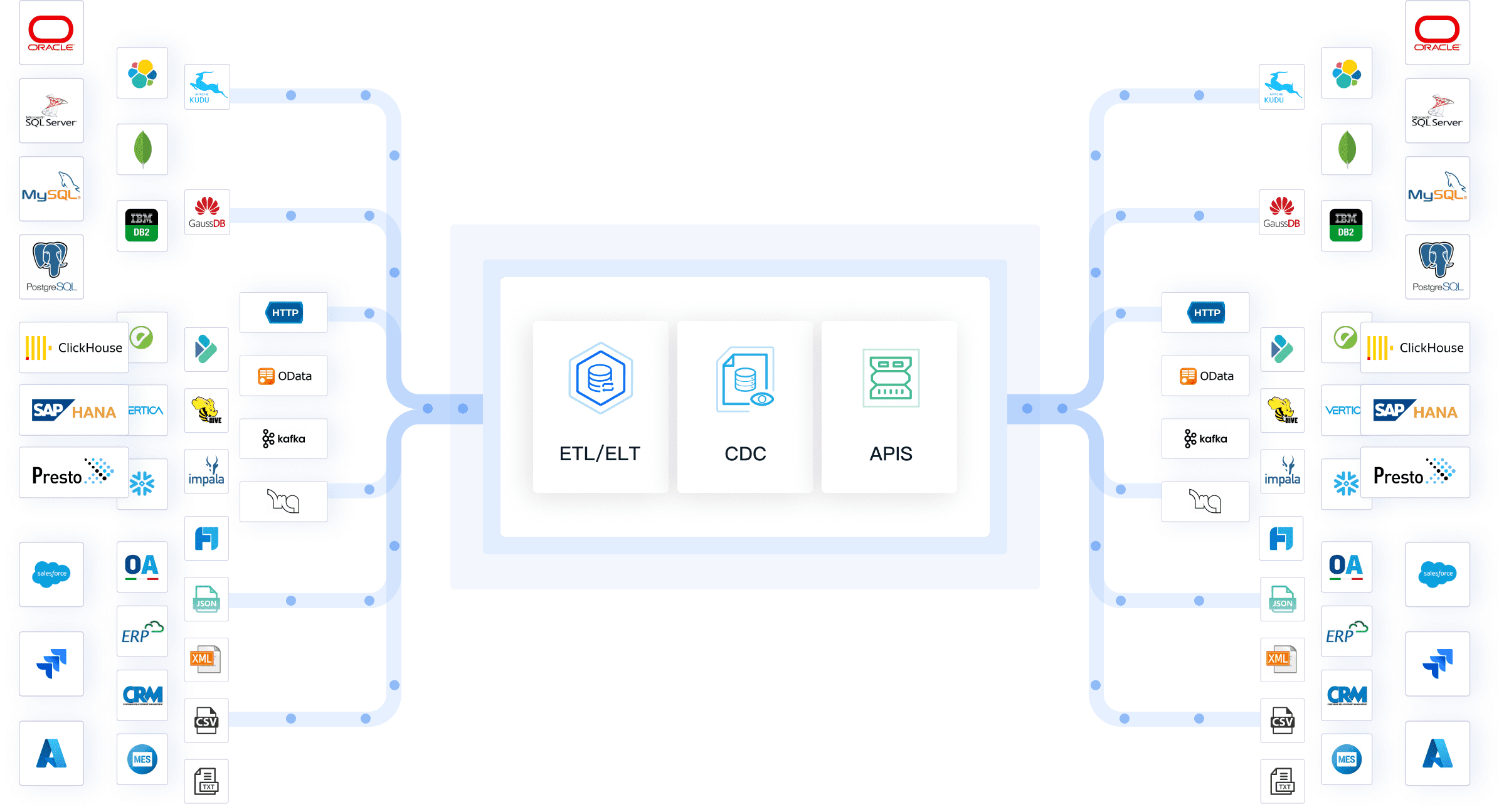
Key Features for Data Integration in The Best Enterprise ETL For Seamless Data Integration
Real-Time Sync
You need real-time sync to keep your business running smoothly. Real-time data movement allows you to act quickly on new opportunities and monitor supply chain changes as they happen. When you use real-time sync, changes made in one system instantly reflect across all connected platforms. This process is vital for operational processes, such as order management or inventory tracking. Enterprises that rely on real-time data sync gain a competitive edge because teams always work with the most current information. Active data replication improves performance and reduces manual intervention, which streamlines decision-making. Without real-time sync, you may face data silos, delays, and missed opportunities. For example, logistics companies depend on real-time updates to manage orders and track shipments. Delays can lead to missed deliveries and unhappy customers.
Real-time sync ensures that your data remains accurate and up-to-date, supporting faster decision-making and deeper insights.
ETL/ELT Capabilities
ETL and ELT capabilities form the backbone of any best enterprise etl for seamless data integration compared across top platforms. You extract data from multiple sources, transform it to fit your business needs, and load it into your data warehouse. Modern platforms offer advanced data transformation capabilities, which let you clean, aggregate, and enrich data before analysis. You can automate transformations to reduce errors and save time. Machine learning and AI features help automate complex transformations, making your workflows more efficient. Enterprise-scale capabilities allow you to handle large volumes of data and support complex architectures. Cloud-native deployment ensures scalability and flexibility. When you choose a platform, look for user-friendly interfaces that simplify the development of ETL pipelines and transformations. These features help you build reliable data layers for business intelligence.
API Integration
API integration is essential for connecting legacy systems and cloud applications. You can use APIs to share data between different platforms without manual effort. This approach supports seamless integration of legacy and cloud systems, which is critical for modern enterprises. API integration enables real-time, bi-directional synchronization, so changes in one system instantly reflect in others. You can develop and launch API interfaces quickly, often without writing code. This feature is especially useful for sharing data between SaaS applications and internal databases. Data governance and lineage features help you track data movement and transformations, ensuring compliance and transparency. When you select a platform, prioritize those that offer robust API integration and support for diverse data sources.
Types of Enterprise ETL Tools For The Best Enterprise ETL For Seamless Data Integration
Batch vs Real-Time
You will find two main approaches when you explore enterprise ETL: batch processing and real-time processing. Each method serves different business needs and data scenarios. Batch processing collects data over a set period and processes it all at once. You often use batch processing for regular updates, such as daily sales reports or monthly inventory checks. Real-time ETL, on the other hand, processes data as soon as it arrives. This approach helps you respond instantly to changes, such as monitoring sensor data or tracking website activity.
The table below highlights the main differences between batch processing and real-time ETL:
| Criteria | Real-time data processing | Batch data processing |
|---|---|---|
| Data volume | Handles large streams needing immediate analysis, like sensor or web log data | Works best for low-volume sets processed regularly, such as sales or inventory data |
| Data speed | Supports high-speed data with rapid changes, like stock prices or social media | Fits low-velocity data with slow changes, such as historical or financial data |
| Data diversity | Manages diverse, unstructured, or semi-structured data, like text or images | Suits homogeneous, structured, or tabular data, such as CSV or XML |
| Data value | Delivers high-value data for direct business impact, like fraud detection | Provides low-value data for indirect impact, such as reports or trend analyses |
You should choose batch processing when you need to process large amounts of data at scheduled times. Real-time ETL works best when you need immediate insights and fast reactions.
Open-Source vs Managed
When you select data integration tools, you must decide between open-source ETL and managed or proprietary solutions. Open-source ETL tools often appeal to you if you want flexibility and lower costs. You can customize these tools to fit your unique data needs. However, you may need more technical skills to set up and maintain them. Managed ETL solutions, in contrast, offer user-friendly interfaces and dedicated support. These platforms scale easily and handle large data volumes without much manual effort.
Here is a comparison to help you decide:
| Feature | Open-Source ETL Tools | Proprietary ETL Solutions |
|---|---|---|
| Cost | Usually free, reducing licensing expenses | Licensing fees can be significant |
| Support | Community-based, may be limited | Vendor support for troubleshooting and updates |
| Scalability | Flexible, but scaling may require effort | Seamless scaling for large data volumes |
| Customization | Highly customizable for specific needs | Limited customization options |
| Ease of Use | Steeper learning curve | User-friendly with pre-built connectors |
You should consider open-source ETL if you have a skilled technical team and want to control every aspect of your data integration. Managed solutions work well if you need quick deployment, reliable support, and easy scaling. Both types of ETL tools play a key role in modern data integration strategies.
Best Enterprise ETL for Seamless Data Integration
When you evaluate the best enterprise etl for seamless data integration, you need to compare the leading platforms side by side. Each solution offers unique strengths for handling real-time, batch, and hybrid data integration scenarios. You want a platform that supports a wide range of data sources, delivers reliable real-time data movement, and simplifies complex etl workflows. Below, you will find a detailed look at the top contenders in the market.
Informatica PowerCenter
Informatica PowerCenter stands as a mature enterprise etl solution with a proven track record. You can rely on its advanced metadata management and broad connector library to integrate data from almost any source. Informatica PowerCenter supports both batch and real-time data integration, making it suitable for organizations with complex IT environments. Many financial services, healthcare, and government organizations choose Informatica for its robust governance and schema evolution features. You will find it excels in scenarios where you need to embed data quality checks and manage large-scale, mission-critical data pipelines. However, you should prepare for higher implementation costs and a steeper learning curve due to its comprehensive feature set.
Talend Data Integration
Talend Data Integration offers a fast and flexible approach to enterprise etl. You can implement it quickly and benefit from its user-friendly interface. Talend supports both batch and real-time data integration, bridging legacy and modern systems. Many users appreciate its automation and scheduling features, which help you streamline data workflows. Talend also provides strong data quality management, so you can trust the accuracy of your integrated data. Businesses that need efficient data management and quick deployment often select Talend. Reviewers highlight its clear interface and all-purpose capabilities, making it a popular choice for organizations seeking the best enterprise etl for seamless data integration.
- Talend Data Integration has an average rating of 4 out of 5 stars on G2.
- Users praise its fast implementation and intuitive design.
- Reviewer Jan L. describes Talend as a "great all-purpose tool for data integration."
AWS Glue
AWS Glue is a fully managed, serverless etl service designed for cloud-native environments. You can use AWS Glue to extract, transform, and load both batch and streaming data. The platform integrates seamlessly with AWS services, making it ideal if you already use the AWS ecosystem. AWS Glue automates code generation and supports pay-as-you-go pricing, which helps you control costs. You can organize, cleanse, and validate data for storage in data lakes or warehouses. Enterprises looking for scalable, no-code solutions often choose AWS Glue for its ability to handle semi-structured data and real-time data integration. However, you may encounter complex configuration steps and vendor lock-in if you rely heavily on AWS.
Azure Data Factory
Azure Data Factory provides a serverless, fully managed etl platform that excels at hybrid data integration. You can connect to over 90 data sources using its extensive connector library. Azure Data Factory offers code-free options, which reduce the effort needed to manage etl pipelines. You can use it to integrate both on-premises and cloud data, making it a strong choice for enterprises with diverse environments. The platform supports batch processing and limited real-time capabilities. Many organizations adopt Azure Data Factory to minimize etl management and leverage Microsoft Azure services. Its integration with other Azure tools makes it a practical option for businesses already invested in the Microsoft ecosystem.
Other Top Platforms
You will find several other best etl tools that address specific enterprise needs. Some platforms focus on open-source flexibility, while others deliver managed services for rapid deployment. When you compare these solutions, consider how they handle real-time and batch data integration, support for various data sources, and ease of use.
| Tool | Key Features | Pros | Best For | Market Adoption |
|---|---|---|---|---|
| Informatica PowerCenter | Mature etl, strong metadata, wide connectors | Proven, advanced schema support | Complex IT processes | Financial, healthcare, government |
| Talend Data Integration | Fast implementation, data quality, automation | All-purpose, clear interface | Efficient data management | Quick deployment, broad business use |
| AWS Glue | Managed, no-code, integrates with AWS, batch and streaming | Pay-as-you-go, auto code generation | AWS-centric organizations | Cloud-native, growing adoption |
| Azure Data Factory | Serverless, 90+ connectors, code-free, hybrid integration | Reduces management, Azure integration | Hybrid data integration | Enterprises using Microsoft Azure |
| FineDataLink | Low-code, real-time sync, multi-source, drag-and-drop, 100+ data sources | Visual interface, cost-effective, real-time, API integration | Real-time, multi-source, low-code requirements | Enterprises needing seamless data integration |
FineDataLink Overview
FineDataLink stands out as a modern data integration platform built for the best enterprise etl for seamless data integration. You can use its low-code, drag-and-drop interface to simplify complex etl tasks. FineDataLink supports real-time data synchronization across more than 100 data sources, including SaaS applications, databases, and cloud environments. You can build and deploy API interfaces in minutes without writing code, which accelerates integration between different systems.
You will benefit from FineDataLink’s ability to handle both batch and real-time data integration. The platform reduces manual intervention and streamlines data pipelines, making it easier to manage data silos and maintain consistency. FineDataLink also supports advanced etl and elt development, so you can build robust data warehouses and support business intelligence initiatives. Its visual interface and detailed documentation help you onboard quickly, even if you have limited coding experience.
FineDataLink enables you to synchronize business databases in real time, reduce pressure on operational systems, and ensure your data remains analysis-ready at all times.
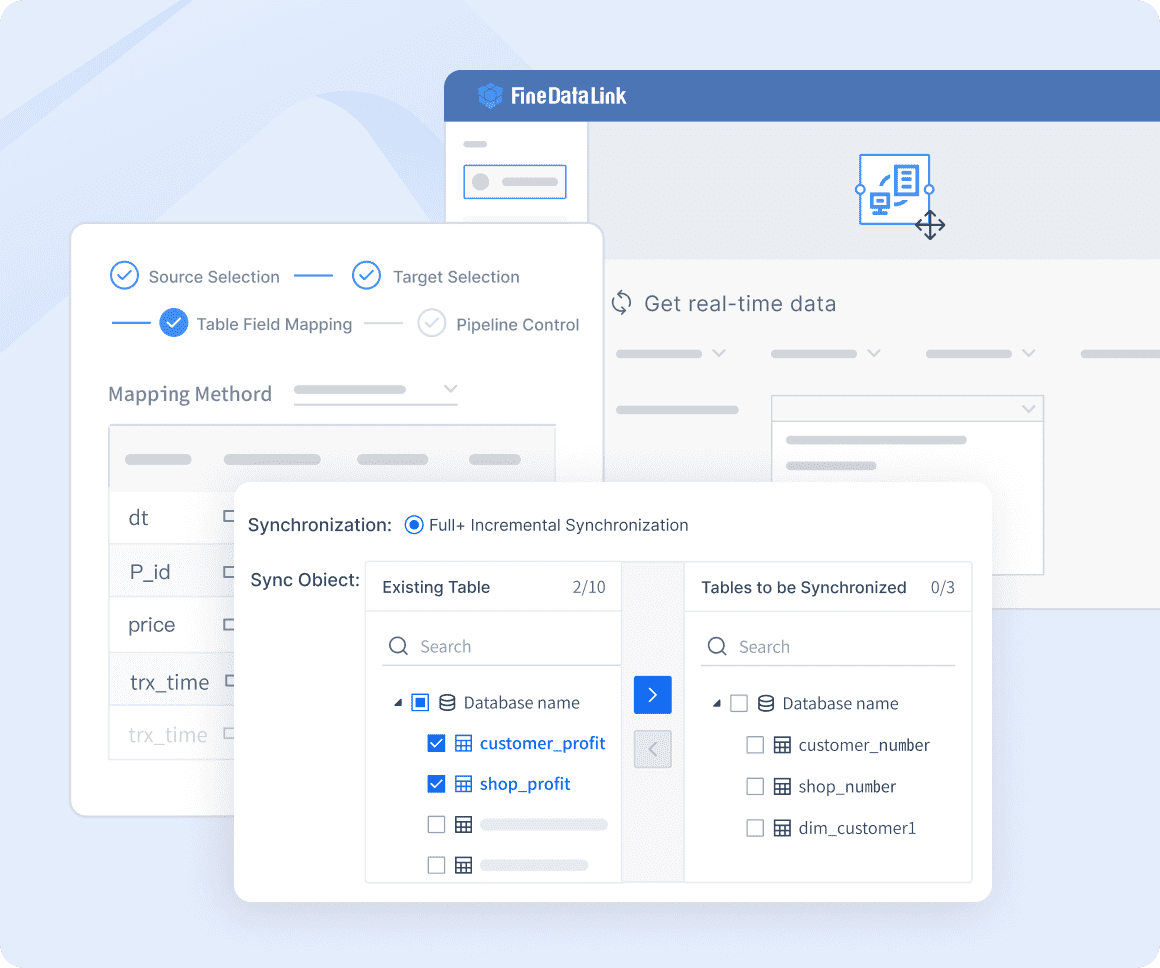
Comparing the Best Enterprise ETL for Seamless Data Integration
When you compare the best enterprise etl for seamless data integration, focus on these key metrics:
- Real-time and batch data integration support
- Breadth of data sources and connectors
- Ease of use and deployment speed
- Data quality and governance features
- Cost-effectiveness and scalability
You will encounter common challenges such as maintaining data consistency, managing changes in source data structures, and dealing with unpredictable pricing models. Many organizations struggle with data silos and latency between operational systems. You can address these issues by choosing a platform with built-in data quality checks, AI-powered data mapping, and robust metadata management.
Here is a summary of how the top platforms compare:
| Platform | Real-Time Support | Batch Processing | Data Sources Supported | Low-Code/No-Code | API Integration | Best For |
|---|---|---|---|---|---|---|
| FineDataLink | Yes | Yes | 100+ | Yes | Yes | Real-time, multi-source, low-code needs |
| Informatica PowerCenter | Yes | Yes | Extensive | Partial | Yes | Complex, large-scale deployments |
| Talend Data Integration | Yes | Yes | Broad | Partial | Yes | Fast deployment, data quality management |
| AWS Glue | Yes | Yes | AWS-centric | Yes | Yes | Cloud-native, AWS environments |
| Azure Data Factory | Limited | Yes | 90+ | Yes | Yes | Hybrid, Azure-focused integration |
You should match your business needs to the strengths of each platform. FineDataLink offers a compelling choice if you need real-time, multi-source, and low-code data integration. Informatica and Talend provide robust governance and flexibility for complex environments. AWS Glue and Azure Data Factory excel in cloud and hybrid scenarios.
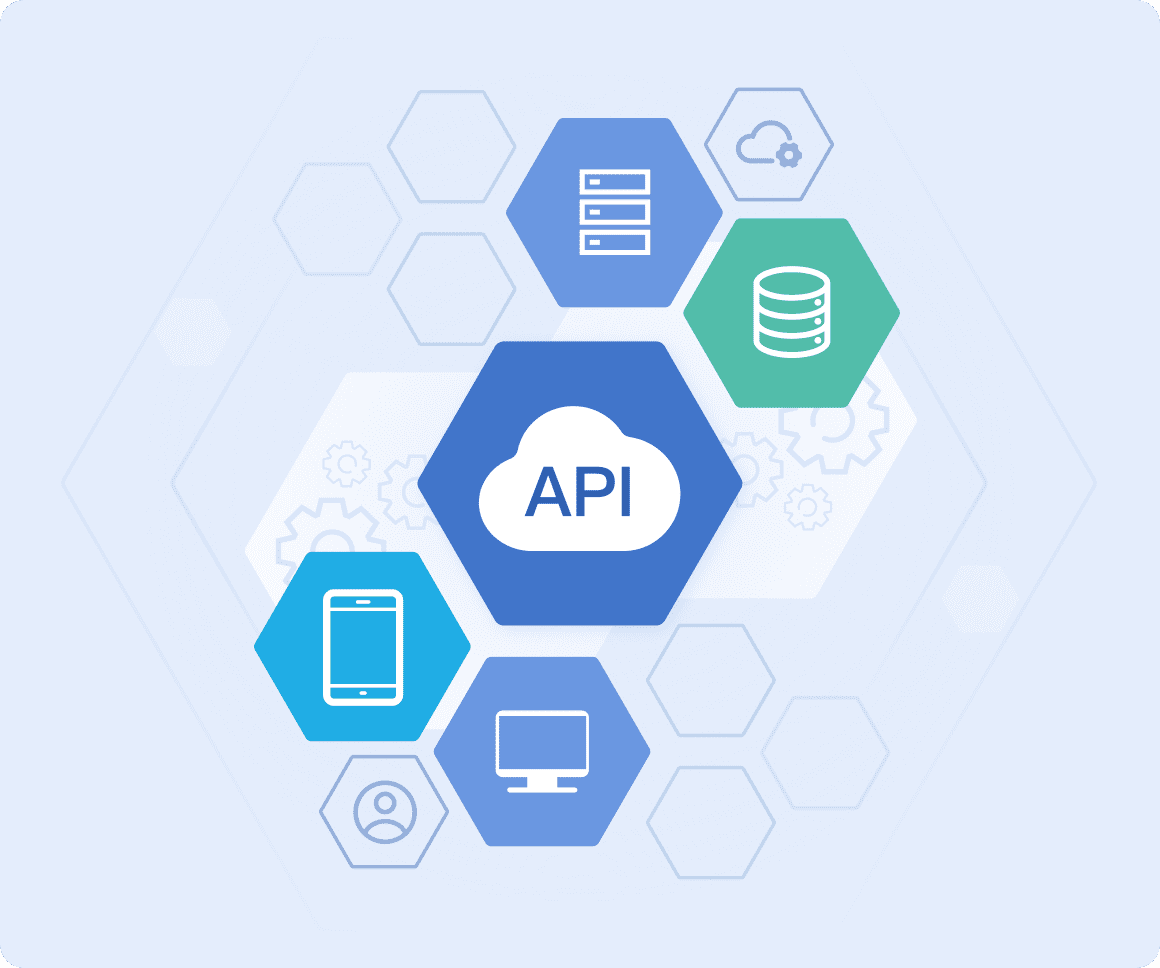
Platform Comparison For The Best Enterprise ETL For Seamless Data Integration
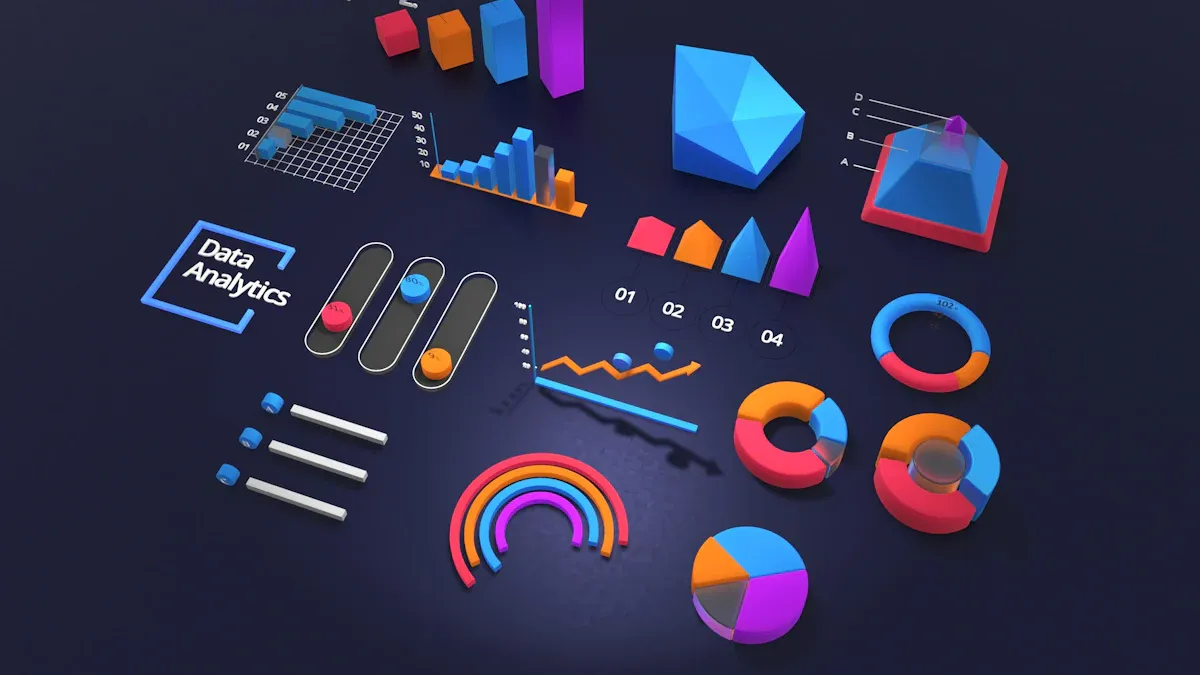
Ease of Use
You want an ETL platform that makes data integration simple for everyone. Many leading tools now offer visual interfaces and drag-and-drop features. These features help non-technical users manage data pipelines without writing code. For example, Hevo automates common transformation patterns, which helps business teams work with data easily. Domo also provides a user-friendly interface that supports both technical and non-technical users. Technical ETL tools give you more control and flexibility, but they may require advanced skills.
Scalability
Scalability is critical when your data grows. AWS Glue scales well within the AWS ecosystem and automates ETL processes for cloud-native data pipelines. Azure Data Factory supports hybrid data integration and handles complex transformations, making it a scalable choice for organizations using Microsoft’s cloud. Informatica PowerCenter is known for robust scalability and works well in large, diverse environments. Talend Data Fabric also offers scalability for enterprises that need comprehensive ETL and governance.
Integration Options
You need broad integration options to connect cloud, on-premises, and hybrid environments. The table below shows which tools fit different use cases:
| Use Case | Recommended Tools | Why |
|---|---|---|
| Enterprise-Grade Solutions | Informatica PowerCenter, IBM Infosphere, Oracle DI | Scalable, secure, and comprehensive for large organizations |
| Hybrid and On-Premises | SSIS, IBM Infosphere, Oracle DI | Supports on-premise and hybrid cloud environments |
| Multi-Cloud Support | Matillion, Skyvia, Azure Data Factory, Hevo Data | Integrates across multiple cloud platforms for hybrid strategies |
Governance & Security
Enterprise-grade security and strong governance protect your data. Top ETL platforms support certifications like CGEIT, CISM, and CISSP, which focus on IT governance, information security, and cybersecurity. You should set up a governance council, define clear roles, and promote data ownership. Data lineage and lifecycle management help you track and control your data. Technology solutions and executive sponsorship ensure your governance program lasts.
Pricing
Pricing models vary across ETL platforms. Talend uses enterprise licensing, often ranging from $50,000 to $200,000 per year. AWS Glue charges by DPU-hours, which fits variable workloads and typically costs around $18,000 in the first year. Azure Data Factory uses a vCore and operations model, with costs usually under $50 per job. Informatica offers custom pricing for large deployments. When you evaluate total cost, consider licensing, infrastructure, staffing, maintenance, and compliance. Indirect costs, such as downtime and audits, can also impact your budget.
Choosing The Best Enterprise ETL For Seamless Data Integration
Common Scenarios
You face many scenarios when selecting the best enterprise etl for seamless data integration compared across top platforms. Each business has unique needs. Some require real-time analytics, while others need to combine data from multiple sources. You should match platform strengths to your requirements. The table below helps you compare important factors for different scenarios:
| Factor | Description |
|---|---|
| Real-time architecture | Supports streaming data integration with sub-second latency and strong in-memory performance. |
| SAP ecosystem integration | Provides comprehensive SAP connectivity for seamless data integration within SAP environments. |
| Enterprise operational needs | Plans for scalability to handle growing data volumes and maintain operational efficiency. |
FineDataLink fits well if you need real-time, multi-source, and low-code data integration. Its platform simplifies complex data tasks and supports over 100 data sources. You can use its drag-and-drop interface to build pipelines quickly. FineDataLink also offers real-time data synchronization, making it ideal for businesses that need up-to-date information at all times.
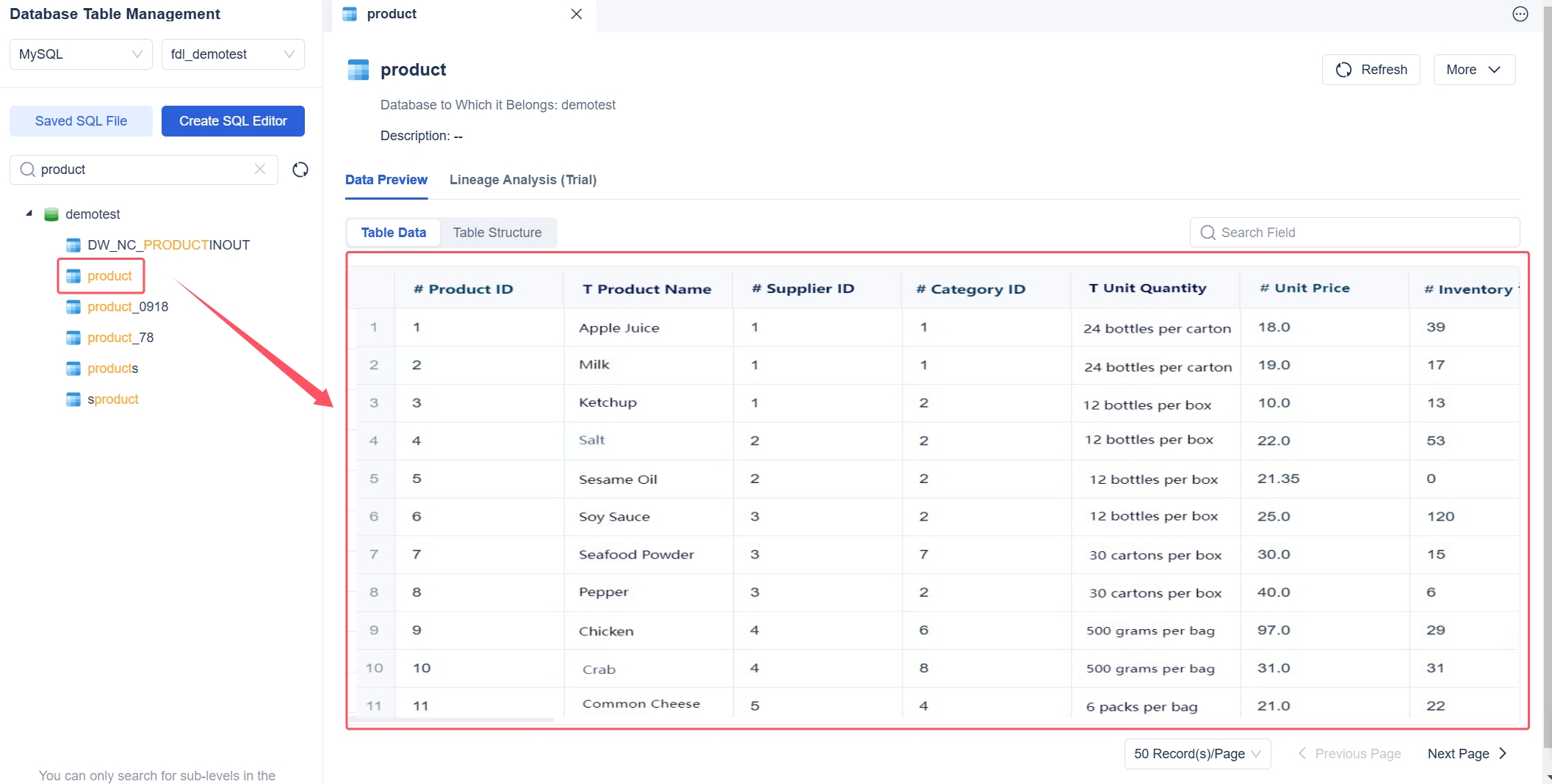
Migration & Support
Migrating to a new etl platform brings challenges. You may face issues like data inconsistency, schema mismatches, and downtime risks. The table below outlines common migration challenges:
| Challenge | Description |
|---|---|
| Time to market and cost | Migration requires significant investment and careful planning. |
| Uncertain ROI | It can be hard to predict if migration will deliver the expected returns. |
| Code rewriting and testing | You must rewrite and test all etl processes, which takes time and expertise. |
| Skill set consolidation | Teams need skills in both old and new tools during the transition. |
You should follow these steps to evaluate and pilot a new etl platform:
- Test scalability and performance with your actual data volumes.
- Review pricing models to ensure they fit your budget.
- Decide if you need real-time or batch processing.
- Assess customer support quality for ongoing help.
FineDataLink supports you throughout migration. You can extract, transform, and load data efficiently. The platform enables real-time synchronization and flexible scheduling. Regularly review your data accuracy and refine your integration strategy as needed. This approach helps you achieve seamless data integration and supports your business growth.
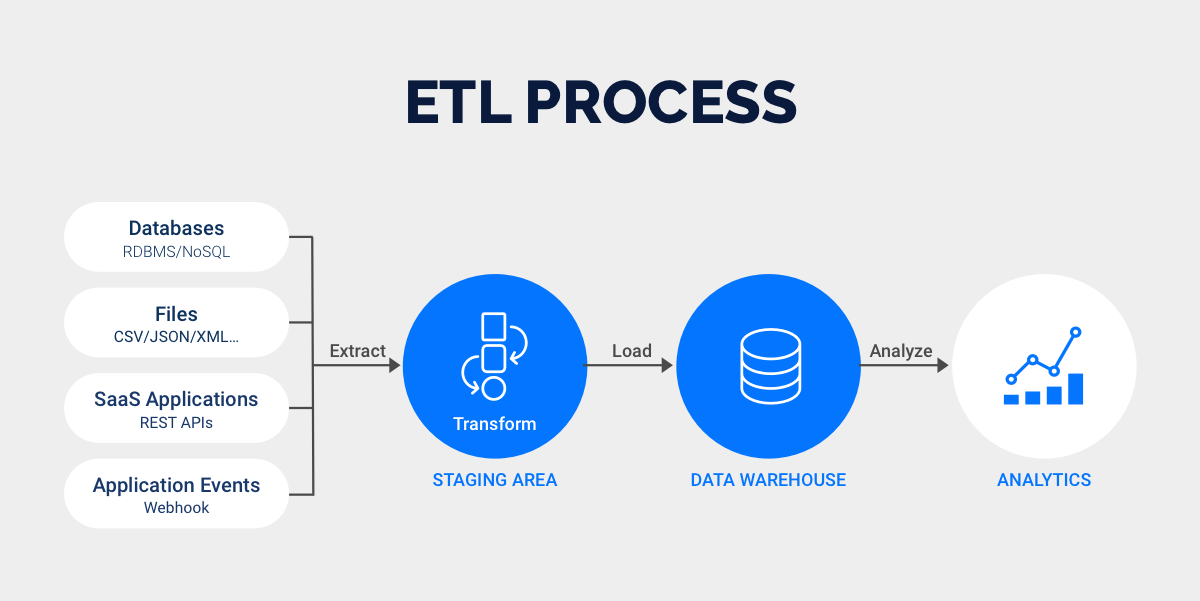
You should choose an ETL platform that matches your business needs. If you want real-time data integration and scalability, platforms like Apache NiFi, IBM DataStage, and Azure Data Factory offer strong features. The table below shows which platforms excel for different enterprise needs:
| ETL Platform | Key Features | Ideal For |
|---|---|---|
| Apache NiFi | Real-time flows, high scalability | Custom needs, budget constraints |
| IBM DataStage | Parallel processing, robust transformation | Complex, high-volume environments |
| Azure Data Factory | Hybrid integration, Azure services | Microsoft cloud investments |
| SnapLogic | Automation, premium connectors | Enterprise-grade integration |
| Matillion | Cloud-native, intuitive interface | ELT workflows |
You should prioritize seamless data integration, scalability, and governance. Top platforms provide advanced governance features, such as metadata tracking and security certifications. To measure success, track metrics like pipeline success rate, job latency, and data-quality alerts. You can start by piloting a solution with your actual data and reviewing user feedback. FineDataLink offers a low-code approach and supports real-time synchronization, making it a strong candidate for your next ETL project.
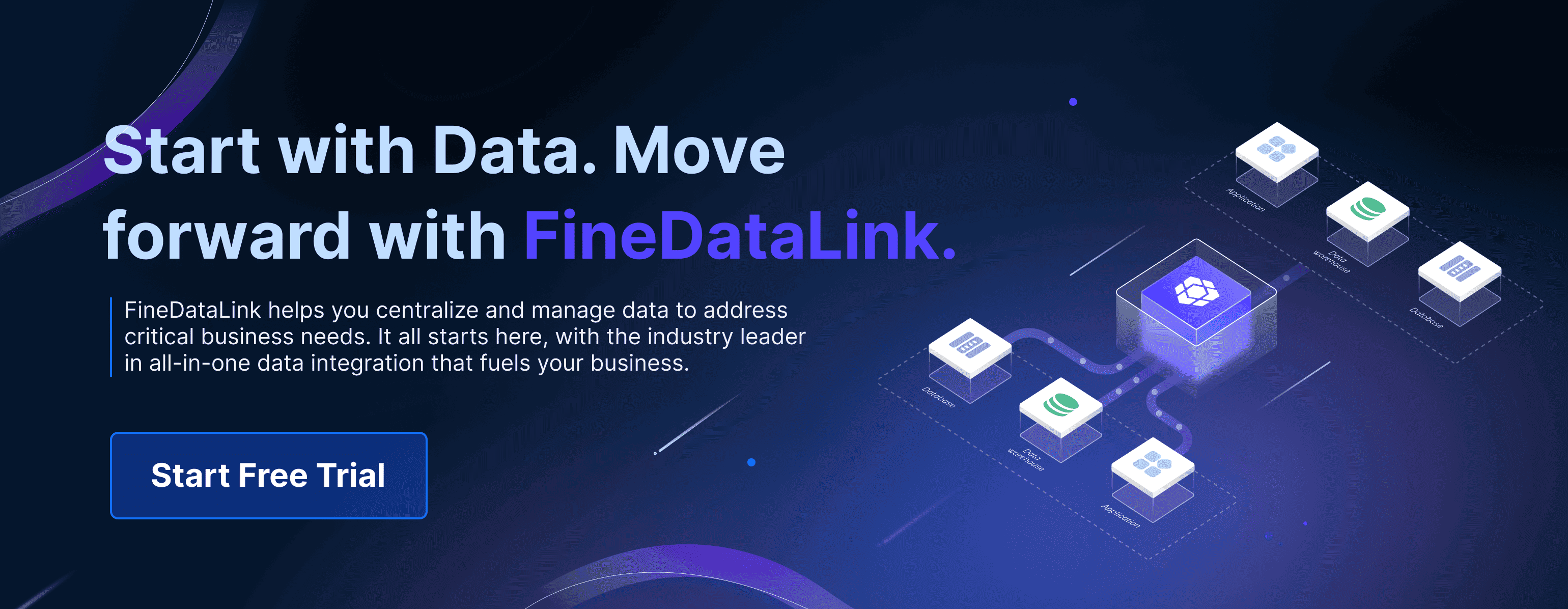
Continue Reading About Best Enterprise ETL For Seamless Data Integration
Enterprise Data Integration: A Comprehensive Guide
What is enterprise data and why does it matter for organizations
Understanding Enterprise Data Centers in 2025
Enterprise Data Analytics Explained for Modern Businesses
FAQ

The Author
Howard
Data Management Engineer & Data Research Expert at FanRuan
Related Articles

What is a data management platform in 2025
A data management platform in 2025 centralizes, organizes, and activates business data, enabling smarter decisions and real-time insights across industries.
Howard
Dec 22, 2025

Top 10 Database Management Tools for 2025
See the top 10 database management tools for 2025, comparing features, security, and scalability to help you choose the right solution for your business.
Howard
Dec 17, 2025

Best Data Lake Vendors For Enterprise Needs
Compare top data lake vendors for enterprise needs. See which platforms offer the best scalability, integration, and security for your business.
Howard
Dec 07, 2025



